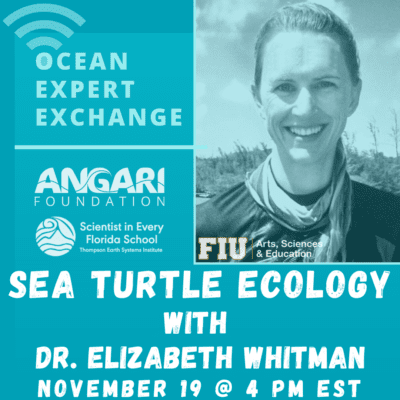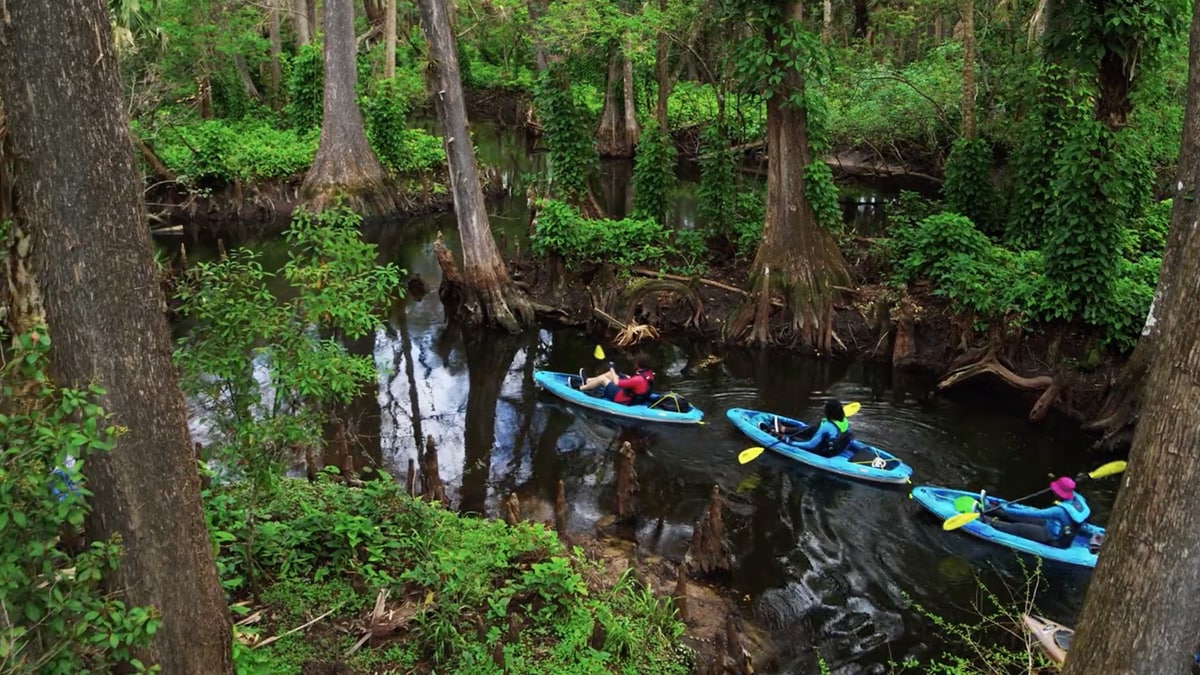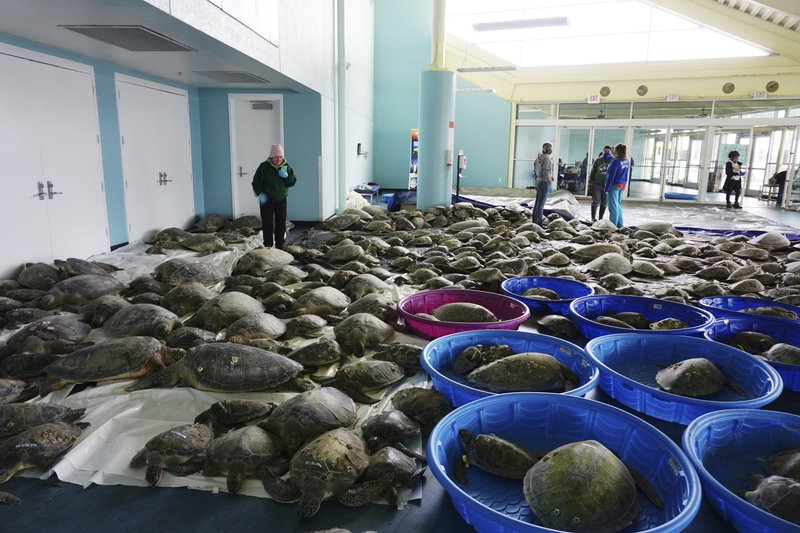Media Alert from Palm Beach County Department of Environmental Resources Management 📸: Day’s Edge Productions…

Tracking sea turtle egg traffickers with GPS-enabled decoy eggs
Researchers completed a study to show they were able to track stolen sea turtle eggs, smuggled illegally from nests on the beach and transported to consumers, by using decoy eggs. The decoys were 3D-printed and enabled with GPS.
By: ECO Magazine
Originally Published on October 6, 2020
📸: Helen Pheasey
By placing 3D-printed and GPS-enabled decoy sea turtle eggs into nests on the beach, it’s possible to gather key evidence needed to expose rampant illegal trade of the eggs, suggests a study publishing in the journal Current Biology on October 5. The researchers specifically tested how well the decoy eggs work and their safety for the endangered turtles.
“Our research showed that placing a decoy into a turtle nest did not damage the incubating embryos and that the decoys work,” says lead author Helen Pheasey of the University of Kent. “We showed that it was possible to track illegally removed eggs from beach to end consumer as shown by our longest track, which identified the entire trade chain covering 137 kilometers.”
The egg decoys, dubbed InvestEggator, were developed by the conservation organization Paso Pacifico to address the illegal trade of endangered sea turtles in Central America, where the eggs are smuggled from beaches and sold to restaurants and bars as a delicacy. Paso Pacifico-affiliated scientist Kim Williams-Guillen conceived and designed the decoys in response to a call for proposals from the United States Agency for International Development (USAID) Wildlife Crime Tech Challenge. They were looking for projects using technological advances to fight wildlife poaching.
“The idea was kind of an ‘Aha’ moment,” Williams-Guillen says.
It immediately brought to mind two of her favorite TV shows, Breaking Bad and The Wire, which both happened to deal with illegal drug trafficking. “In Breaking Bad, the DEA places a GPS tracking device on a tank of chemicals to see who receives the chemicals,” she said. “In one episode of the Wire, two police officers plant an audio device in a tennis ball to surreptitiously record a suspected drug dealer. Turtle eggs basically look like ping pong balls, and we wanted to know where they were going — put those two ideas together and you have the InvestEGGator.”
To see how well they’d work in practice, Pheasey and her colleagues put the 3D-printed decoys in 101 turtle nests on four beaches in Costa Rica. A quarter of the fake eggs were taken illegally from the nests, allowing the researchers to track eggs from five clutches, including two green turtle nests and three olive ridley nests.
Peer-Reviewed Publication: Helen Pheasey, David L. Roberts, Daniela Rojas-Cañizales, Carmen Mejías-Balsalobre, Richard A. Griffiths, Kim Williams-Guillen. Using GPS-enabled decoy turtle eggs to track illegal trade. Current Biology, 2020; 30 (19): R1066 DOI: 10.1016/j.cub.2020.08.065




